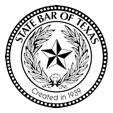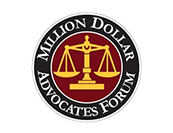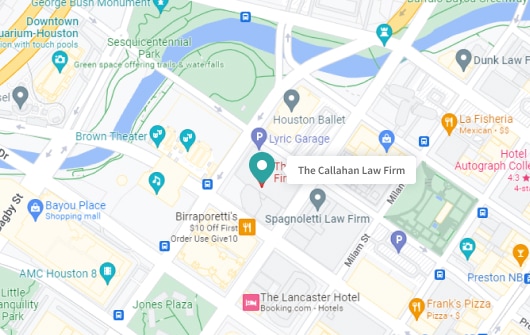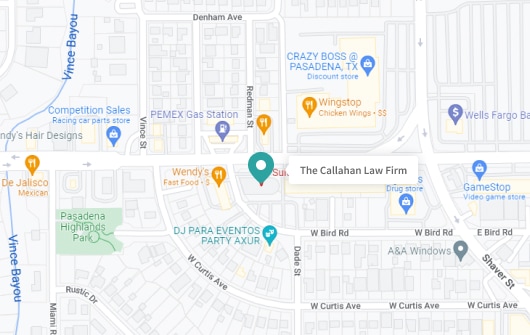5 General Categories and Examples of Personal Injury

Personal injury is a serious matter that affects millions of people each year. It refers to any physical, psychological, or emotional harm done to an individual by another party due to their negligence or intentional actions.
Learning about the most common types of personal injury claims will provide a better understanding of what personal injury really means and what steps you can take if you find yourself involved in an accident.
5 General Categories of Personal Injury Claims
The general categories of common personal injuries in Houston and throughout Texas include the following:
1. Motor Vehicle Accidents

Motor vehicle accidents can have a significant impact on our lives, whether they involve cars, trucks, or motorcycles. When you’re caught up in such an event, it can feel like your world is turned upside down. From physical pain to emotional distress, the aftermath of a collision can be overwhelming.
Common Causes of Car Accidents in Houston
Car accidents can happen for a number of reasons. Some of the most common include the following:
- Failure to obey traffic laws, such as running red lights and stop signs
- Failure to maintain a safe distance between vehicles
- Failure to yield right-of-way
- Distracted driving, from using cell phones and other electronic devices to distractions from passengers
- Driving under the influence of alcohol or drugs
Common Causes of Truck Accidents
Truck accidents involving semi-trucks, 18-wheelers, flatbed trucks, and others are particularly dangerous due to the size and weight of these vehicles. Understanding the causes of these accidents is critical to staying safe. Some of the most common causes of truck accidents include the followings:
- Violations of federal trucking regulations
- Fatigued driving
- Improper maintenance of the truck or its trailer
- Unsafe turns
- Unsafe lane changes
- Failure to obey traffic signals, such as red lights and stop signs
- Failure to maintain a safe distance between vehicles
- Distracted driving
- Driving under the influence of alcohol or drugs
Common Causes of Motorcycle Accidents
Personal injury cases involving motor vehicle accidents can be complex and incredibly serious, as there is very little to protect the motorcyclist when compared to those driving cars and trucks. Some of the most common reasons motorcycle accidents occur include:
- Speeding
- Lane splitting
- Aggressive driving and riding
- Driving or riding under the influence
- Road hazards, such as potholes and debris
- Getting lost in blind spots of trucks and cars on the road
Familiarizing yourself with the various causes of motor vehicle accidents can help you take steps to avoid them.
2. Workplace Accidents

Workplace accidents are those that occur during work hours and on the premises, resulting in physical or emotional harm to an employee. These can encompass a wide range of situations, from falls to exposure to hazardous materials.
The severity of these incidents can vary greatly – while some accidents may lead to minor injuries with a quick recovery, others can have long-lasting impacts on an individual’s health and quality of life.
Examples of Workplace Accidents in Houston
Workplace accidents can include the following:
- Construction accidents
- Refinery and chemical plant accidents
- Industrial accidents
- Maritime and offshore accidents
- Oil and Gas Industry accidents
- Warehouse accidents
- Loading dock accidents
- Manufacturing accidents
In most cases, a worker can file a workers’ compensation claim following a work injury on the workers compensation policy carried by their employer. However, in some circumstances, they may be able to file a personal injury claim as a result of a workplace accident. For example, if the injury is caused by a third-party contractor, a lawsuit may be possible. Also, Texas is one of a minority of states that do not require employers to carry workers compensation insurance. If an employer does not carry workers compensation insurance they are referred to as a “non-subscriber” and an injured employee can pursue a lawsuit against their employer for injuries caused by the employer or fellow workers.
3. Premises Liability
Premises liability is an area of law that holds property owners and/or occupiers of land responsible for accidents or injuries that occur on their premises due to unsafe or hazardous conditions. This can include residential, commercial, or public properties. Examples include slipping on wet floors, tripping over uneven concrete, or falling down stairs due to unsafe steps and railings.
Having a skilled lawyer with experience in premises liability cases offers many advantages, like case evaluation, evidence gathering, and expertise in handling negotiations with the defendant and their insurance company. Trying to handle the claim on your own could cause you to leave money on the table. This is why consulting with a lawyer specializing in premises liability cases in Houston is strongly recommended.
By doing so, you can ensure that all necessary steps and legal requirements are handled correctly, providing you with the best opportunity for a successful claim.
4. Medical Malpractice
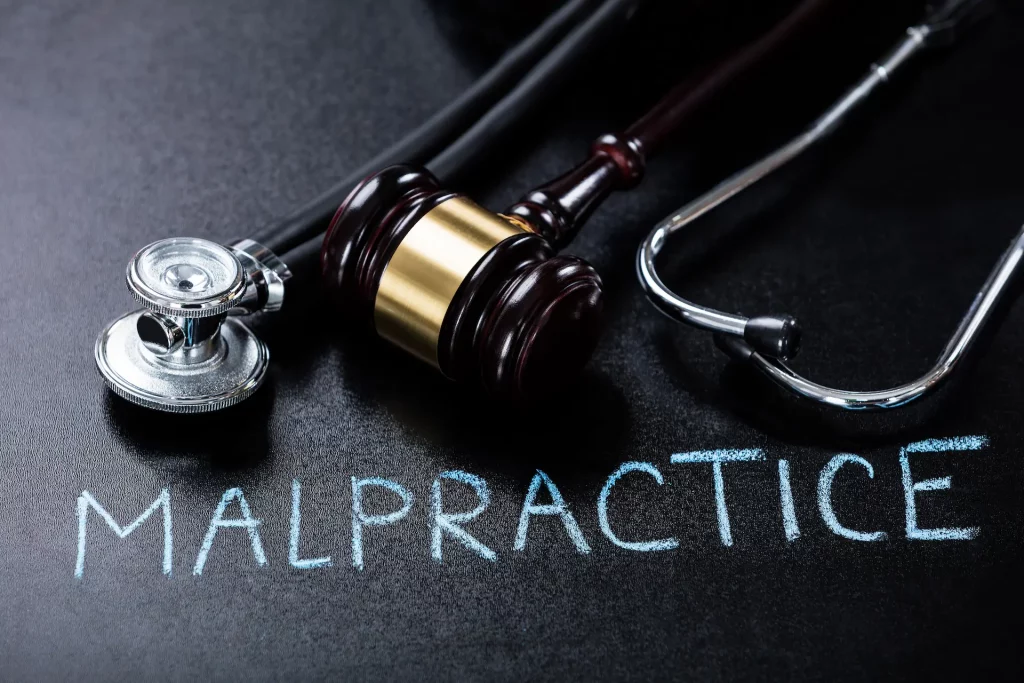
Medical malpractice occurs when a healthcare professional, such as a doctor, nurse, or pharmacist, fails to provide the appropriate standard of care, resulting in injury or harm to the patient.
Examples of Medical Malpractice in Houston
Common examples of medical malpractice include the following:
- Surgical errors
- Birth injuries
- Hospital negligence
- Misdiagnosis
- Medication mistakes
If you have suffered injuries as a result of medical malpractice, it’s crucial to seek help froman experienced personal injury attorney to help with your case.
5. Product Liability

Product liability refers to the legal obligation a manufacturer, retailer, or supplier faces if their product causes harm, injury, or damages to a consumer. This liability ensures that businesses are held accountable for the safety and quality of the products they offer, ultimately protecting consumers from dangerous or defective goods.
Product liability claims typically fall into one of the following three categories:
- Design Defects: These flaws exist before the manufacturing process begins and are inherent to the product’s design.
- Manufacturing Defects: These issues arise during the production phase of a product, causing it to deviate from the original design.
- Marketing Defects: Misrepresentation, inadequate warnings, or failure to provide proper instructions may also lead to liability claims.
The types of personal injury claims described above provide a general overview, but the cause of any given injury can fall under multiple categories and ultimately depends on its unique circumstances.
Understanding Personal Injury Laws in Texas
Understanding the basics of personal injury laws in Houston is crucial for individuals seeking justice and fair compensation for their losses.
Statute of Limitations
In most cases, the statute of limitations for personal injury claims in Texas is two years. If you fail to initiate legal action within this timeframe, you may lose your right to seek compensation. There are often exceptions that extend or shorten the deadline, so it’s essential to speak with a personal injury lawyer as soon as possible after an accident.
Comparative Negligence
Comparative negligence is used to allocate responsibility for an accident among all the parties involved. In Texas, modified comparative negligence is used, meaning that the victim’s degree of fault must be 50 percent or less for them to pursue compensation. Any compensation received will be reduced by the victim’s degree of fault.
For example, if a person is deemed 20% responsible for a car accident, their compensation will be reduced by that percentage.
Damages
In Texas personal injury cases, the damages awarded usually fall into three categories:
Economic: These damages include quantifiable losses resulting directly from the accident, such as medical bills, lost wages, property damage, and any rehabilitation costs related to the injury.
Non-Economic: These are more subjective and relate to intangible losses like pain and suffering, mental anguish, or loss of companionship arising from sustained injuries.
Exemplary (Punitive): These are a special category of penalties aimed at punishing the wrongdoer for particularly egregious actions or intentional misconduct. They are also awarded as a way to deter similar conduct in the future.
Liability
Establishing liability is crucial in personal injury cases. The injured party must prove that the defendant’s negligence or intentional actions directly caused their injuries. To do this, the following four elements must be established:
Duty of Care
The first requirement is to prove that the defendant owed the injured party a duty of care, which is a legal obligation to act in a manner that ensures the safety of others. This can often be straightforward in cases where the law explicitly outlines a specific duty, like drivers having a responsibility to follow traffic rules and not endanger others on the road.
Breach of Duty
Once it has been established that a duty of care exists, the next step is to prove that the defendant breached this duty. A common example is a driver who fails to stop at a red light, putting others at risk of an accident.
Causation
Simply proving that the defendant breached their duty of care is not enough. There must also be a clear link between the defendant’s actions (or inaction) and the harm suffered by the plaintiff.
Damages
The final element of negligence is damages, which refers to the losses and harm sustained by the plaintiff as a result of the defendant’s actions. This usually includes medical expenses, lost wages, pain and suffering, and/or property damage.
Insurance and Settlements
The first step in resolving a personal injury case typically involves filing an insurance claim. This involves notifying the at-fault party’s insurance company about the incident, providing essential information about the accident and the extent of the injuries sustained.
Once an insurance claim has been submitted, negotiations between the parties will likely commence to determine a fair settlement amount. A settlement is a financial agreement that resolves a personal injury case without the need to go to trial. Settlements can be reached through informal negotiations, mediation, or other alternative dispute resolution methods.
Do You Need a Lawyer for a Personal Injury Case?
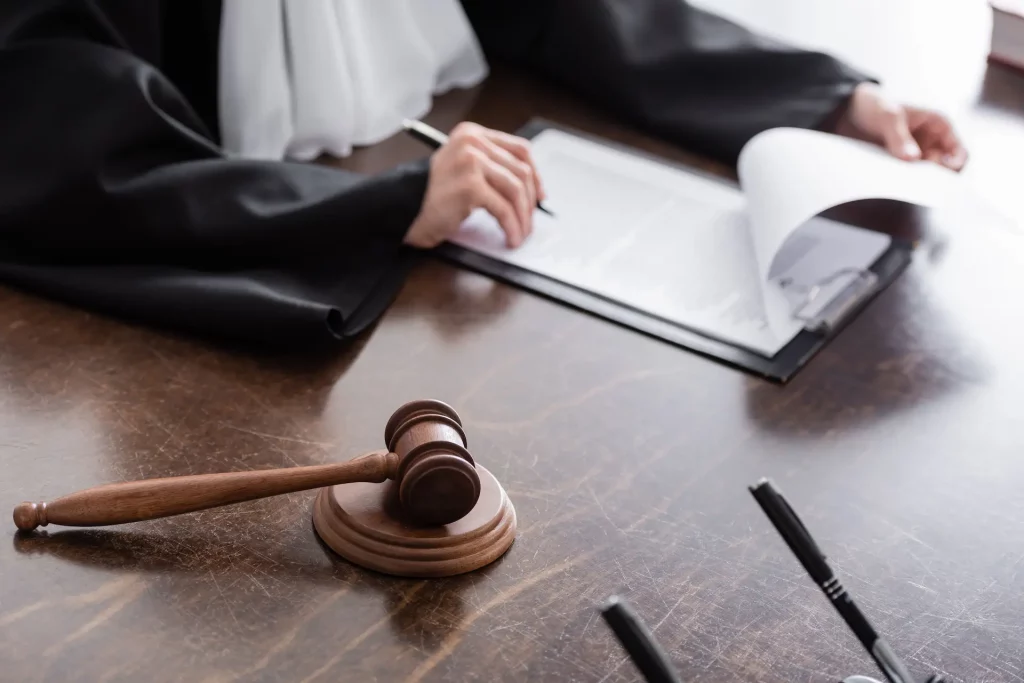
Navigating the legal complexities of a personal injury case on your own can be arduous. To effectively determine liability, calculate damages, or negotiate with opposing parties requires legal knowledge and experience in litigation.
Engaging a lawyer for your personal injury case drastically increases the chances for a successful resolution and ensures that your rights are not compromised during the process. While you can technically handle a personal injury claim on your own, it isn’t recommended.
If you need help with any type of personal injury accident, we’re here for you. Contact The Callahan Law Firm today to schedule a free consultation regarding your case in Houston or Pasadena.
FAQs: Frequently Asked Questions
Q: What are the most common types of personal injuries?
A: Common types of personal injury cases are slip-and-fall accidents, workplace injuries, car accidents, medical malpractice, defective product claims, and wrongful death claims.
Q: What are the three types of personal injury damages?
A: There are three types of personal injury damages: economic, non-economic, and punitive. Economic damages cover financial losses like wages, medical bills, etc. In comparison, non-economic damages compensate for the suffering and emotional pain the victim suffers.

Michael S Callahan is an attorney and founder of The Callahan Law Firm. He focuses his practice on representing individuals and families in personal injury cases involving motor vehicle and truck accidents, workplace accidents and defective products. With over 25 years of experience, he is dedicated to fighting on behalf of people whose lives have been forever altered by the negligence and carelessness of corporations and individuals. Originally trained as a mechanical engineer, Michael has been practicing law and fighting for justice for those who need it most since 1994. He is board-certified in Personal Injury Trial Law by the Texas Board of Legal Specialization and a member of various esteemed legal associations. Outside of work, Michael enjoys spending quality time with his family, outdoor activities, and continually striving to improve as a trial lawyer and human being.



